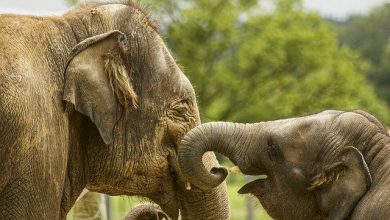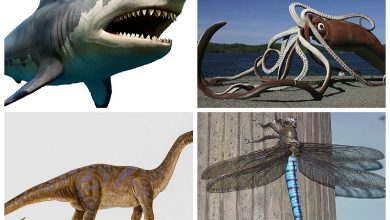Why do Thylacines disappear?
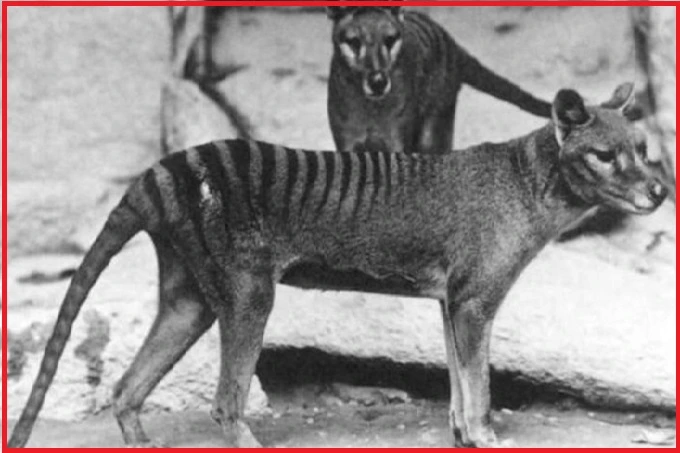
The marsupial wolf, or thylacine, was one of the largest marsupial predators. This animal died out less than a century ago, and even photographs of it have survived to this day.
Thylacines once lived in Australia, but by the time Europeans arrived on the mainland, there were very few of them left. Most likely, they were killed by the natives. In Tasmania, there were a lot of marsupial wolves at the beginning of the 19th century, but in just a few decades, their numbers have been greatly reduced. Even at the beginning of the last century, these rare animals could be seen in zoos; in Tasmania, they lived in the depths of forests until people finally exterminated the animals.
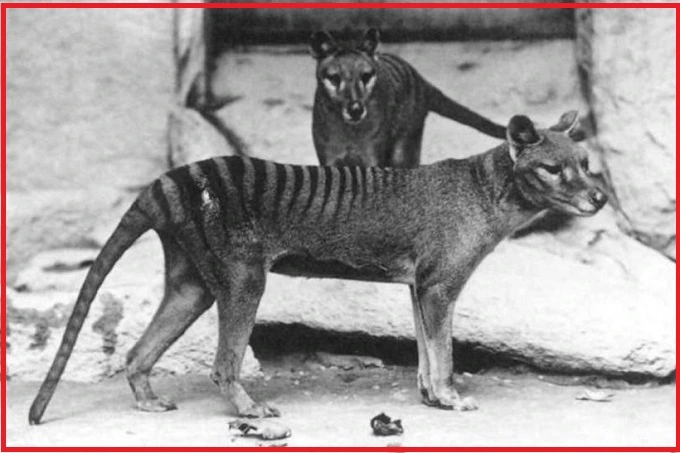
Thylacine was almost like a dog: he was an excellent hunter, weighing no more than 20-25 kilograms. Its characteristic feature was the stripes on the back of the body, like a tiger. Yet remotely, the wolf looked like marsupials: it had slightly bent legs, which allowed it to move with jumps reminiscent of kangaroo jumps.
The massive tail also reminded of the proximity to marsupials. These wolves were the only ones of their kind who gave birth to extremely premature babies and raised them in a bag, like other marsupials.
Why Thylacines disappeared
Marsupial wolves have become the main enemies of domestic sheep. When livestock was brought to Tasmania, they were regularly raided by thylacines. That is why the authorities encouraged the hunting of these animals and even gave a special reward for each head. So people made the wolves disappear: first, predators moved from their habitats to the remote mountainous regions of Tasmania and then completely died.
Today, the marsupial wolf has become one of those extinct animals that are planned to be cloned. From time to time, rumors appear in Australia that a thylacine has been seen in the forests, but so far, they have not been confirmed. Now we can only be content with a few unique photographs that capture a rare animal.
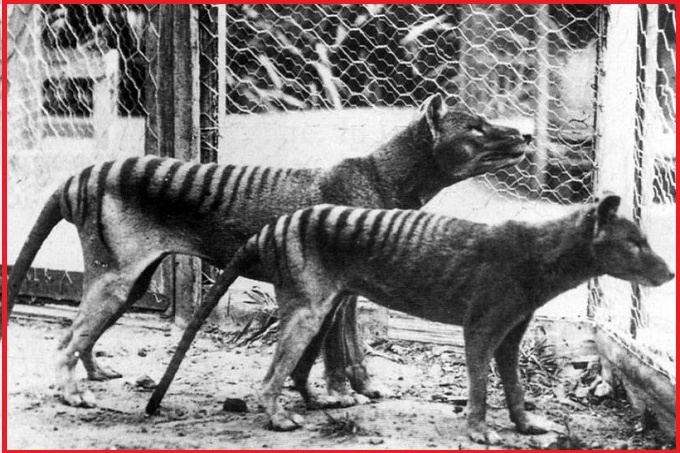
Thylacines at the Washington Zoo, 1906. Pregnancy of these animals lasted only 35 days, then the cub moved into the pouch. Usually, two to four cubs were born, they began to get out of the pouch after about three months.
In captivity, these animals did not breed, which is why there is very little information about them.
The mother’s pouch opened between her hind legs, so the cubs were well protected when running, no debris got inside. The cubs were with their mother until about nine months old, after which they began to live on their own.

